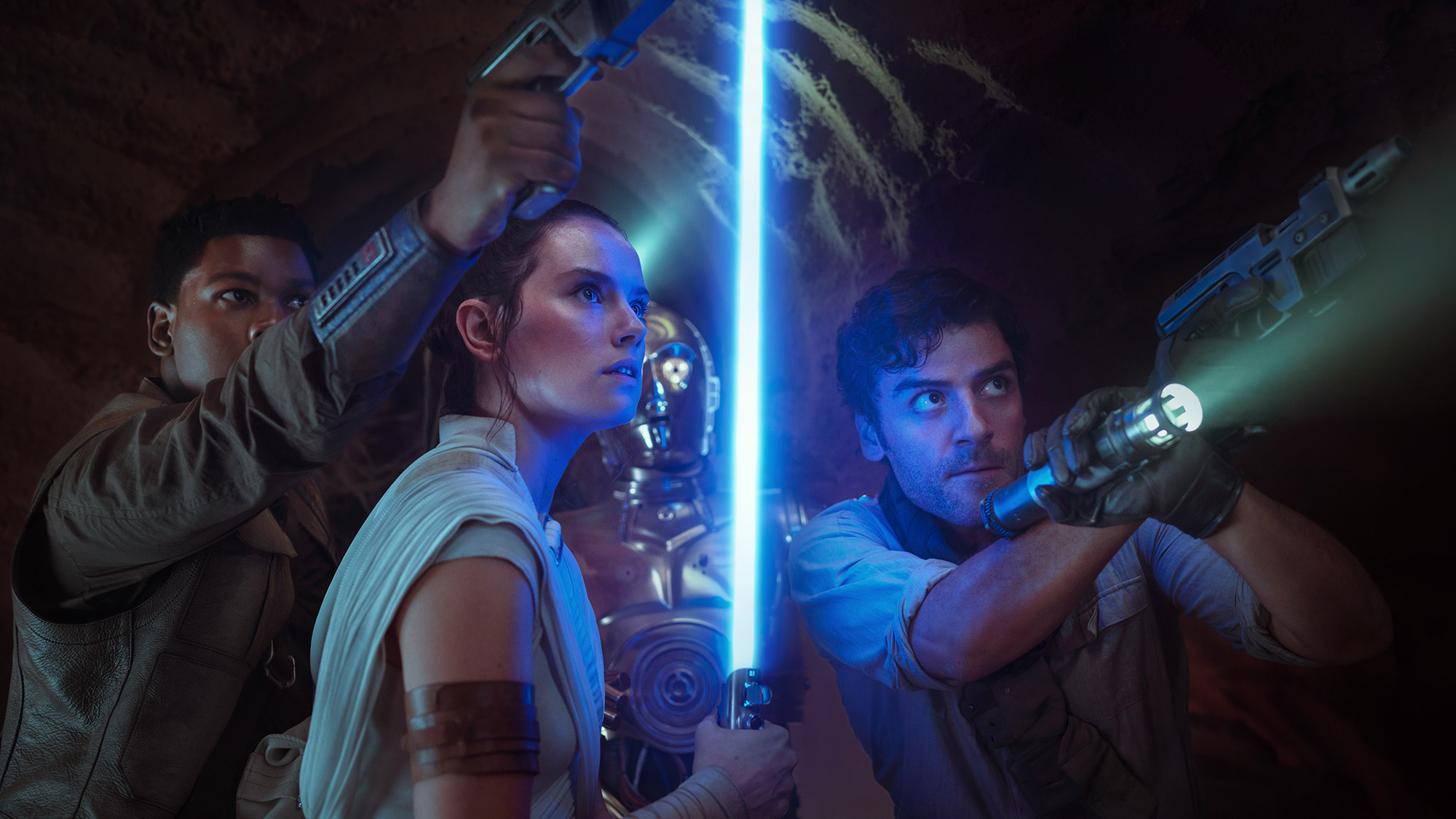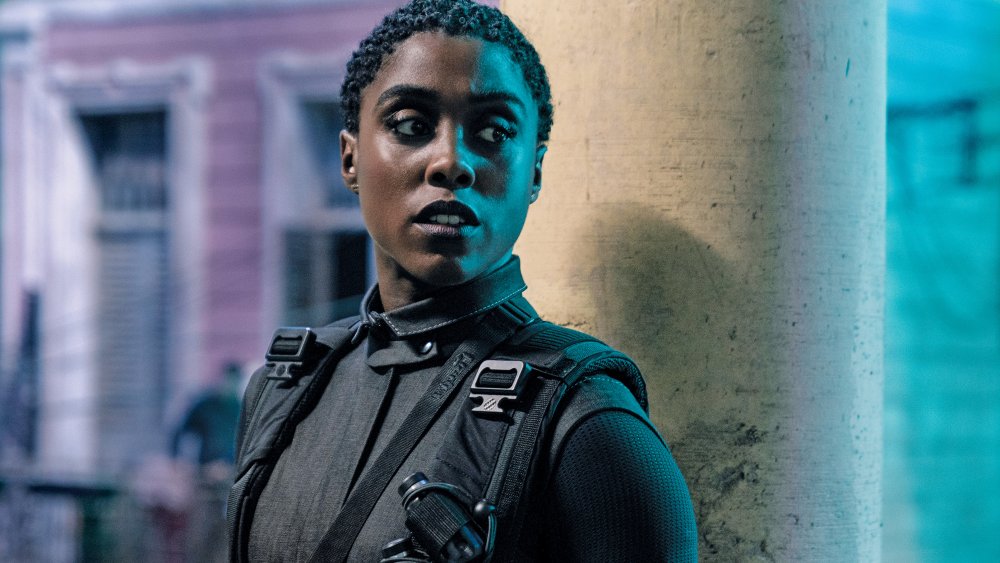Daniel Craig’s James Bond movies show where the Star Wars sequels went wrong
Big No Time To Die spoilers follow. Watch the film before reading this.
They actually went and did it…
For a franchise that’s spent most of its six decades adhering to a strict formula, No Time to Die’s final act was as bold as they come. Not only was perennial singleton James Bond on the verge of becoming a family man, he was unexpectedly (and definitively) killed off at the sharp end of a barrage of missiles.
This isn’t how it’s supposed to be. One of Hollywood’s biggest certainties – that 007 can, and will, walk out of any situation intact – was instantly turned on its head. This was unfamiliar, through-the-looking glass territory – and all the more exhilarating for it.
But perhaps we shouldn’t have been surprised. Ever since Daniel Craig first ran through walls in Casino Royale, his tenure at MI6 has been characterized by a desire to work outside conventional mission parameters. Craig’s five movies haven’t always hit the target – No Time to Die itself has several issues of its own – but a series of adventurous, very un-Bond storytelling choices marks them out as a golden period in 007’s lengthy service history.
It’s a stark contrast with Disney’s Star Wars sequels, whose own inability to “let the past die” was ultimately their undoing.
Even before Sean Connery hung up his Walther PPK for the (official) last time in 1971, the Bond movies were the opposite of Forrest Gump’s famous box of chocolates – you always knew what you were going get. Sure, there were subtle changes to the packaging, with new locations and stunts, and Roger Moore, Timothy Dalton and Pierce Brosnan taking different positions on a scale between brooding action hero and eyebrow-raising archness.
Nonetheless, if you watched a Bond movie between 1973 and 2002, you nearly always knew you were getting.
Monologue-ing megalomaniac unleashing a plan to kill millions and/or extort cash? Q showing off his latest selection of gadgets? 007 having brief relationships with a couple of women, one of whom will be dead by the end credits? A bombastic finale, that may or may not take place in a spectacular lair? It was a rare Bond outing that didn’t tick off most – if not all – of these touchstones. For many, the formulaic nature of the 007 brand was part of its charm.

The spy who loved change
Casino Royale, however, showed that things didn’t have to be that way. A response to both the affectionate spy spoofery of the Austin Powers series – how do you create an old-school Bond villain in a world where Dr Evil exists? – and the grittier action of Jason Bourne, it essentially functioned as a reboot, rebuilding the character from the ground up.
With no Q, no Moneypenny and a rookie Bond, this was the beginning of a story arc that would continue over five blockbuster instalments. Instead of being trapped in a time warp as the world changed around him, this Bond would evolve. In fact, the later Craig movies even acknowledged the fact he was getting older – something the series had even failed to do when a 56-year-old Roger Moore creaked his way through A View to a Kill.
This 007 would have long-term relationships and emotional attachments. And when franchise regulars Q, Moneypenny and Blofeld were eventually reintroduced, they’d been given 21st century makeovers. Ironically, Brosnan’s final outing in Die Another Day – one of the undoubted nadirs of the franchise – may have been the best thing that ever happened to it, the catalyst that forced rights holders Barbara Broccoli and Michael G Wilson to look at their tuxedoed cash cow in a whole new light.
Like Casino Royale, Disney’s Star Wars sequel trilogy was, in part, a response to movies that had disappointed large sections of the audience – in this case George Lucas’s not-as-bad-as-people-make-out prequels. Lucasfilm’s instinct was not to reinvent their long-running franchise, however, but to play safe by riffing on past glories.
The Force Awakens is undeniably a fun movie, that effortlessly captures the spirit of that galaxy far, far away – who couldn’t relate to Han Solo’s poignant “Chewie, we’re home” aside? But when even Bond – rarely afraid of an in-joke or bringing an old Aston Martin out of storage – has realized that you can’t sustain a franchise on fan service alone, sooner or later you have to stop being a tribute act. That means taking viewers somewhere they haven’t been before, even if that place is slightly strange and disconcerting.

The fall of Skywalker
The Last Jedi did, at least, give it a good go. Rian Johnson’s Episode VIII may have proved divisive among the fanbase but in many ways it was what the franchise needed after the nostalgia-fest of its predecessor.
From casually killing off Emperor substitute Supreme Leader Snoke (turning the wonderfully petulant Kylo Ren into the Big Bad in the process), to establishing that Rey’s family tree was actually nothing special, writer/director Rian Johnson did everything he could to wrongfoot his audience. Not everything worked – Leia’s impersonation of a space angel still feels clunky – but at least the movie wasn’t falling back on tropes established a long time ago.
Unfortunately, saga-closer The Rise of Skywalker undid any good work that had come before it – indeed, it gets worse every time you watch it. Johnson had set up JJ Abrams’ trilogy closer with an intriguing cliffhanger, with the Resistance cut back to its barest bones, its calls for help unanswered as it waged war against a First Order led by a guy with the emotional intelligence of a teenager. This was the perfect opportunity to give Star Wars its own “Bond has a kid!” twist, but the movie lacked the courage to do anything quite so radical.
Suddenly, a cackling Emperor Palpatine – killed off three decades previously in Return of the Jedi – was back to pull the strings, as Rey learned she was actually his granddaughter. So much for undoing the idea that the fate of that galaxy far, far away rested on a couple of famous bloodlines…
As well as shamelessly retconning what we thought we’d learned in The Last Jedi, The Rise of Skywalker cheapened everything that had come before with the ‘fake-out’ non-demises of Chewbacca and C-3PO – emotionally manipulative shocks with zero consequences. Maybe, Abrams felt that – with the original triumvirate of Han, Luke and Leia gone – audiences would revolt at the loss of another classic hero. But if your characters are never in any peril, you’re always going to revert to the status quo, and sooner or later your franchise will hit a dead end.
If Bond – the most immortal mortal man who ever lived – can die, there are clearly few limits on where a franchise can go. Being bold isn’t a guarantee of success, of course, but it’s hard to imagine how the riskier approach of No Time to Die could have made The Rise of Skywalker any worse. Besides, what’s the worst that could happen? Whatever 007’s identity next time he (or she) stares down that famous gun barrel, one thing is certain: James Bond will return.
No Time To Die is screening in theaters around the world. All of the Star Wars movies are available to view on Disney Plus.
source https://www.techradar.com/news/daniel-craigs-james-bond-movies-show-where-the-star-wars-sequels-went-wrong/


No comments